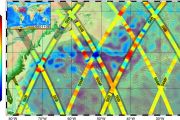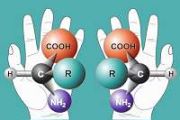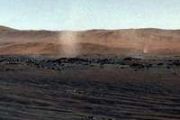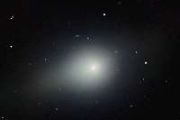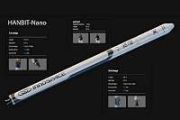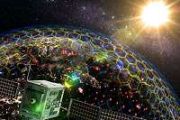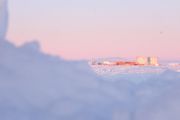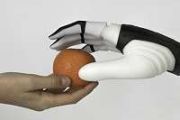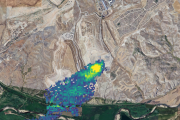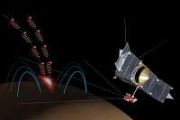
Copernical Team
Hibernation. We research. You benefit.
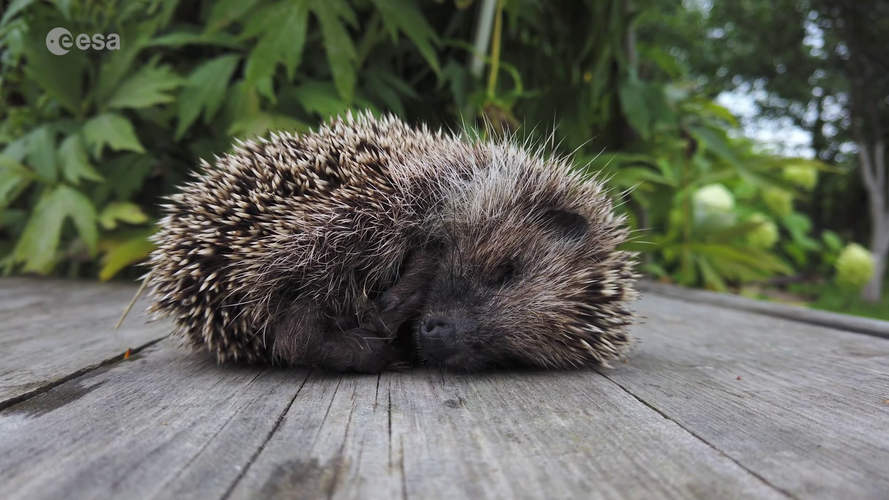 Video:
00:07:57
Video:
00:07:57
Did you know that ESA is researching human hibernation for long distance spaceflight to Mars or beyond?
Hibernating astronauts could be the best way to save mission costs, reduce the size of spacecraft by a third and keep crew healthy on their way to Mars. An ESA-led investigation suggests that human hibernation goes beyond the realm of science-fiction and may become a game-changing technique for space travel.
When packing for a return flight to the Red Planet, space engineers account for around two years’ worth of food and water for the crew.
Torpor during hibernation is an induced state that
Expansion of ESA’s 5G/6G Hub moves ahead
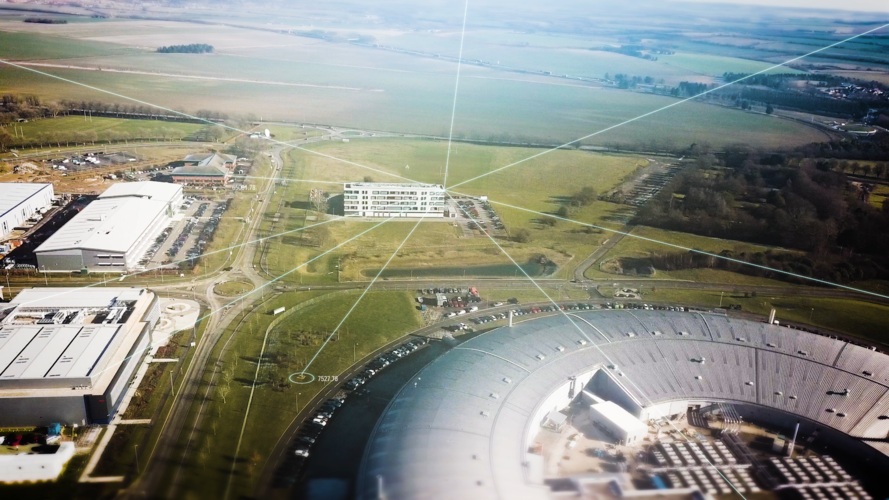
An ambitious new development phase of ESA’s 5G/6G Hub has begun.
NASA measures underground water flowing from Sierra to Central Valley
 In a recent study, scientists found that a previously unmeasured source - water percolating through soil and fractured rock below California's Sierra Nevada mountains - delivers an average of 4 million acre feet (5 cubic kilometers) of water to the state's Central Valley each year. This underground source accounts for about 10% of all the water that enters this highly productive farmland each ye
In a recent study, scientists found that a previously unmeasured source - water percolating through soil and fractured rock below California's Sierra Nevada mountains - delivers an average of 4 million acre feet (5 cubic kilometers) of water to the state's Central Valley each year. This underground source accounts for about 10% of all the water that enters this highly productive farmland each ye Saving Earth-based explorers and enabling exploration
 In 2022, NASA-developed Search and Rescue technologies enabled rescue personnel to save 397 lives in the U.S. region. Since 1979, NASA has provided technical expertise to the Cospas-Sarsat program, the international satellite-aided search and rescue effort. This technical expertise has led to the development of multiple emergency location beacon types.
The international search and rescue e
In 2022, NASA-developed Search and Rescue technologies enabled rescue personnel to save 397 lives in the U.S. region. Since 1979, NASA has provided technical expertise to the Cospas-Sarsat program, the international satellite-aided search and rescue effort. This technical expertise has led to the development of multiple emergency location beacon types.
The international search and rescue e From ground to air to space: Tillage estimates get tech boost
 According to national USDA statistics, no-till and conservation tillage are on the rise, with more than three quarters of corn and soybean farmers opting for the practices to reduce soil erosion, maintain soil structure, and save on fuel. However, these estimates are based primarily on farmer self-reporting and are only compiled once every five years, potentially limiting accuracy.
In a ne
According to national USDA statistics, no-till and conservation tillage are on the rise, with more than three quarters of corn and soybean farmers opting for the practices to reduce soil erosion, maintain soil structure, and save on fuel. However, these estimates are based primarily on farmer self-reporting and are only compiled once every five years, potentially limiting accuracy.
In a ne GMV to develop the ground control center for Hisdesat's new
 The Spanish government satellite operator, Hisdesat, has awarded multinational GMV a contract to build and develop the ground segment of the SPAINSAT NG program satellites. The two new satellites, scheduled for launch in 2024 and 2025 respectively, will replace the operator's current SpainSat and XTAR-EUR satellites, and significantly improve on their performance and capabilities.
The main
The Spanish government satellite operator, Hisdesat, has awarded multinational GMV a contract to build and develop the ground segment of the SPAINSAT NG program satellites. The two new satellites, scheduled for launch in 2024 and 2025 respectively, will replace the operator's current SpainSat and XTAR-EUR satellites, and significantly improve on their performance and capabilities.
The main UK Space Agency announces new funding for satellite communications
 The UK Space Agency has announced 50 million pounds of funding for ambitious and innovative projects that will supercharge the UK's satellite communications industry. The funding is part of the European Space Agency (ESA) Advanced Research in Telecommunications Services (ARTES) program and will be used to develop new satellite constellations, ground systems, and end-to-end systems that deliver n
The UK Space Agency has announced 50 million pounds of funding for ambitious and innovative projects that will supercharge the UK's satellite communications industry. The funding is part of the European Space Agency (ESA) Advanced Research in Telecommunications Services (ARTES) program and will be used to develop new satellite constellations, ground systems, and end-to-end systems that deliver n Nanoparticles make it easier to turn light into solvated electrons
 There are many ways to initiate chemical reactions in liquids, but placing free electrons directly into water, ammonia and other liquid solutions is especially attractive for green chemistry because solvated electrons are inherently clean, leaving behind no side products after they react.
In theory, solvated electrons could be used to safely and sustainably break down carbon dioxide or che
There are many ways to initiate chemical reactions in liquids, but placing free electrons directly into water, ammonia and other liquid solutions is especially attractive for green chemistry because solvated electrons are inherently clean, leaving behind no side products after they react.
In theory, solvated electrons could be used to safely and sustainably break down carbon dioxide or che Hawkeye 360 launches Cluster 6 satellites aboard inaugural Rocket Lab Electron flight from Virginia
 HawkEye 360 Inc., the world's leading commercial provider of space-based radio frequency (RF) data and analytics, announced that its Cluster 6 next-generation satellites have successfully deployed to orbit aboard the inaugural Rocket Lab Electron flight from Launch Complex 2 at Virginia Space's Mid-Atlantic Regional Spaceport within NASA's Wallops Flight Facility. Communication with the satellit
HawkEye 360 Inc., the world's leading commercial provider of space-based radio frequency (RF) data and analytics, announced that its Cluster 6 next-generation satellites have successfully deployed to orbit aboard the inaugural Rocket Lab Electron flight from Launch Complex 2 at Virginia Space's Mid-Atlantic Regional Spaceport within NASA's Wallops Flight Facility. Communication with the satellit Viasat managed services contract by US Marine Corps
 Viasat Inc. (NASDAQ: VSAT), a global communications company, has announced it was awarded a contract to provide end-to-end satellite communications (SATCOM) support through a fully managed service to the United States Marine Corps (USMC). The contract is an extension following a successful pilot and follow-on service program in the government's FY22 through which Viasat delivered a fully managed
Viasat Inc. (NASDAQ: VSAT), a global communications company, has announced it was awarded a contract to provide end-to-end satellite communications (SATCOM) support through a fully managed service to the United States Marine Corps (USMC). The contract is an extension following a successful pilot and follow-on service program in the government's FY22 through which Viasat delivered a fully managed 


